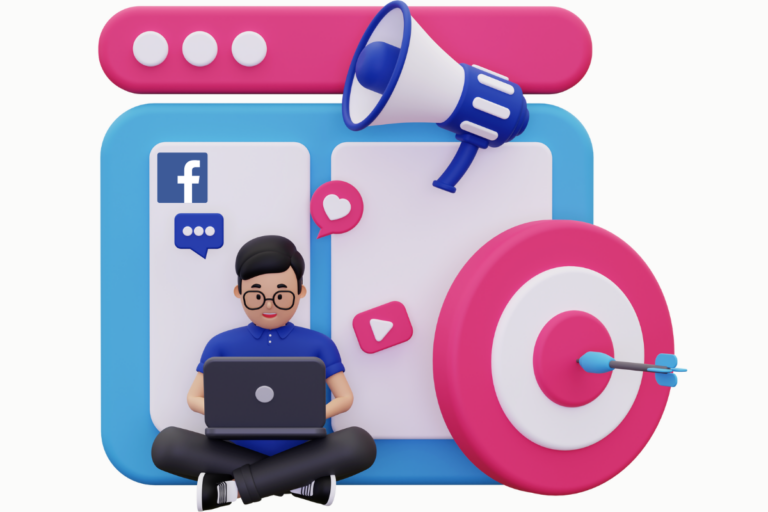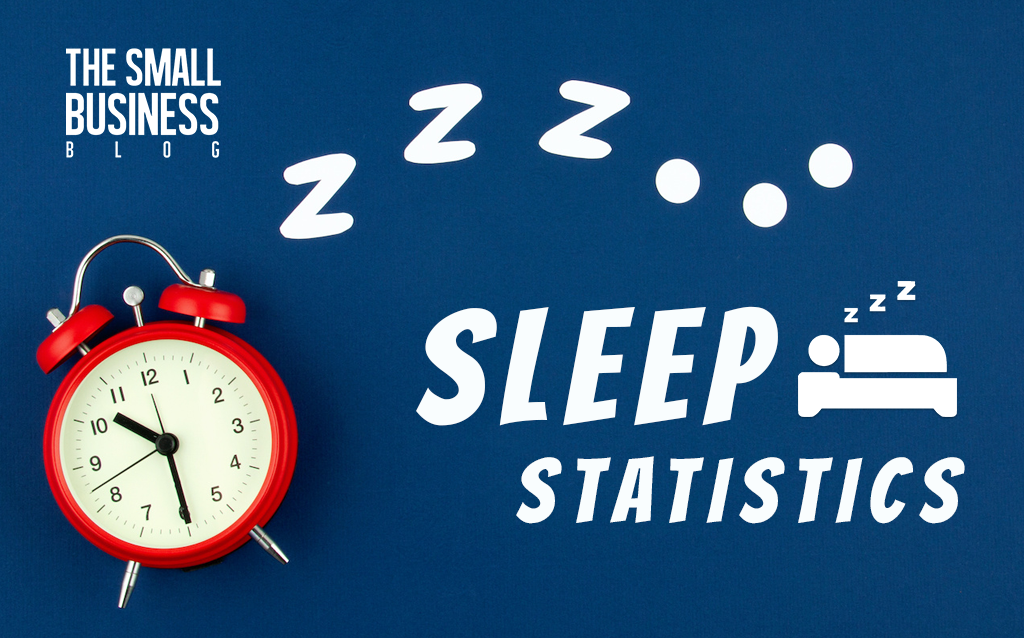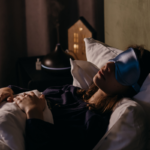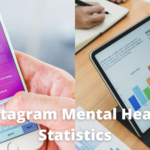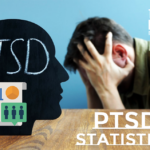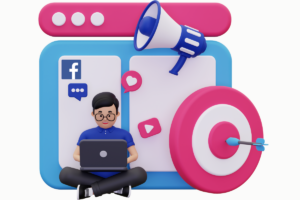It’s time to make some changes in your life.
Do you know how much sleep you need?
How does the quality of your sleep affect your day-to-day life and long-term health?
Take a look at these sleep statistics for 2024 that will help answer these questions.
Post Contents
- 1 Key Sleep Statistics 2024
- 2 Detailed Sleep Statistics 2024
- 2.1 1. Studies Reveal that 35% of American Residents Do Not Get the Recommended Seven Hours of Sleep per Night.
- 2.2 2. The Number of People Sleeping for Less than Six Hours Has Drastically Increased by 31% from 1985 Till 2012.
- 2.3 3. The Average Sleep Length in 1910 Was About Nine Hours.
- 2.4 4. The Accrued Annual Cost of Sleep Deprivation in The US Is $411 Billion.
- 2.5 5. Those Within the Age Range of 45 to 54 Years Get the Least Sleep
- 2.6 6. About Three-Quarters of Those Living with Depression Suffer from Lack of Sleep.
- 2.7 7. About 22 Million People Living in America Suffer from Sleep Apnea, Which Is Related to Obesity.
- 2.8 8. Sleep Deprivation Is Thought to Be Causing About 13% Obesity in Children.
- 2.9 9. In Adults, Short Sleep Is Believed to Cause Obesity in 5% of The Adult Population.
- 2.10 10. There Is a 42-Minute Sleep Deficit for Chronic Pain Sufferers Who Experience an Average 42-Minute Sleep Debt.
- 2.11 11. About One out Of Three Adults Believe that Lack of Sleep Directly Causes Lower Back Pain.
- 2.12 12. Drowsiness While Driving Is a Cause of Car Crash Death in About 775 in 2018.
- 3 Sleep Disorder Statistics 2024
- 3.1 1. Based on A Report by The United States of America Health and Human Services Department, Approximately One out Of Five Americans Suffers from A Sleep Disorder.
- 3.2 2. About 35% of Adults Have Brief Episodes of Insomnia
- 3.3 3. 10% of Americans Have Chronic Insomnia.
- 3.4 4. A Recent Report Shows that About 50% of Most Children Will Have Issues with Sleeping at Some Stage in Their Development, While About 5% Will Develop Sleep Apnea.
- 3.5 5. Snoring Is an Issue for About 90 Million Americans.
- 3.6 6. The Number of Sleep Labs in The US Has Significantly Improved to About 4,700 Since the Mid-1970s when We Had Just a Handful.
- 4 Baby and Child Sleep Statistics 2024
- 4.1 1. More than 2 Million Children Are Struggling with A Sleeping Disorder.
- 4.2 2. 52%, More than Half of Children, Are Deprived of Sufficient Sleep Time.
- 4.3 3. Approximately 7 out Of 10 Babies Love Co-Sleeping.
- 4.4 4. There Is a Considerable Increase in The Percentage of Babies that Share a Sleep Surface with An Adult, Rising from 6.5% in 1993 to About 24% in 2015.
- 4.5 5. About 3,500 Infant Deaths Related to Sleep Are Recorded Every Year.
- 4.6 6. There Was About a 184% Increase in Infant Death from Strangulation and Accidental Suffocation in Bed Between 1999 to 2015.
- 5 Sleep Deprivation Statistics For Teenagers
- 5.1 1. About 97% of Teenagers Get Less Sleep than The Amount Recommended.
- 5.2 2. Only 3%, Which Is a Very Insignificant Number of Teenagers, Receive Nine Hours of Sleep Every Night.
- 5.3 3. Every Missed Hour of Sleep for Teenagers Causes a 38% Increase in Feelings of Sadness and Hopelessness.
- 5.4 4. Teenagers Who Refrain from Using Smartphones One Hour Before Bedtime Experience an Additional 21 Minutes of Night Sleep.
- 6 College Student Sleep Statistics 2024
- 6.1 1. Statistics Show that About 60% of College Students Lack Adequate Sleep.
- 6.2 2. The Criteria for Insomnia Disorder Is Being Met by 7% of College Students.
- 6.3 3. Most College Students Receive About 6 – 6.9 Sleep Hours Every Night.
- 6.4 4. About 82% of College Students Think that Lack of Sleep Affects Their Academic Performance.
- 7 Sleeping Pills Statistics 2024
- 8 Global Sleep Statistics 2024
- 9 Statistics On Sleep Positions 2024
- 10 Technology & Sleep Statistics 2024
- 10.1 1. 9 out Of 10 Teenagers and Adults Use Tech Gadgets Before Bed.
- 10.2 2. About 10% of The Population Have Interrupted Sleep and Wake Several Times During the Night to Check Their Phones.
- 10.3 3. About 72% of Americans Suffering from One Form of Sleep Disorder or The Other Report Using a Tech Gadget Before Going to Bed Each Night.
- 11 Conclusion
- 12 Sources
Key Sleep Statistics 2024
- 35% of Americans don’t get enough sleep
- The average length of sleep in 1910 was nine hours
- 22 million Americans suffer from sleep apnea
- 35% of adults have experienced insomnia
- 90 million Americans snore
- More than 2 million children experience a sleeping disorder
Detailed Sleep Statistics 2024
Lack of sleep can result in many health problems, including obesity and cardiovascular disease.
It may also cause you to experience mood swings or irrational anger while putting an intense strain on your mental wellbeing due to the lack of vital time necessary for recovery from everyday stressors.
Sleep deprivation has been shown by various studies across several fields related to healthcare research, including psychology and neuroscience, among others, to have significant negative impacts both physically and mentally, with some even going so far as saying it will eventually lead to death if not addressed soon enough.
1. Studies Reveal that 35% of American Residents Do Not Get the Recommended Seven Hours of Sleep per Night.
Statistics have shown that Americans only get 6.8 hours of sleep on average, which is a huge drop from 1942 when 80% of people were getting 7-9 hours each night.
If we can’t find ways to increase the amount of time we spend sleeping, there could be serious and negative consequences for our health in the future!
2. The Number of People Sleeping for Less than Six Hours Has Drastically Increased by 31% from 1985 Till 2012.
3. The Average Sleep Length in 1910 Was About Nine Hours.
4. The Accrued Annual Cost of Sleep Deprivation in The US Is $411 Billion.
Sleep deprivation costs the United States $411 billion annually. That’s only slightly more than what Americans spend on home improvement each year.
Statistics found that fatigue or absent employees had a significant impact on the economies of countries around the globe.
It doesn’t stop at just America; Japan’s economy is down due to lack of sleep.
The findings highlighted how companies were understaffed because people weren’t getting enough hours in their workday from sleeping less, which resulted in higher unemployment rates for those without jobs when they couldn’t physically keep up with longer shifts.
Researchers also looked at small changes, like adding an extra hour’s worth of snooze time per day—something so simple could add over $200 to the economy.
5. Those Within the Age Range of 45 to 54 Years Get the Least Sleep
The CDC published a report on short sleep duration and classified short sleep as less than 7 hours of sleep within 24 hours.
The result of the study shows that the 25 to 54 years age group lack a good night’s sleep.
| AGE GROUP | % THAT LACK ADEQUATE SLEEP |
| 18-24 years | 32% |
| 25-34 years | 38% |
| 35-44 years | 38% |
| 45-54 years | 39% |
| 55-64 years | 36% |
| 65+ years | 26% |
6. About Three-Quarters of Those Living with Depression Suffer from Lack of Sleep.
7. About 22 Million People Living in America Suffer from Sleep Apnea, Which Is Related to Obesity.
8. Sleep Deprivation Is Thought to Be Causing About 13% Obesity in Children.
9. In Adults, Short Sleep Is Believed to Cause Obesity in 5% of The Adult Population.
There has also been some verifiable link between chronic pain (such as back pain) and sleep deprivation.
10. There Is a 42-Minute Sleep Deficit for Chronic Pain Sufferers Who Experience an Average 42-Minute Sleep Debt.
11. About One out Of Three Adults Believe that Lack of Sleep Directly Causes Lower Back Pain.
12. Drowsiness While Driving Is a Cause of Car Crash Death in About 775 in 2018.
According to data, Based on the research statistics from 2009 to 2013, tired drivers account for over 72,000 car crashes in the US, though it could be more as it is believed to be underreported.
Sleep Disorder Statistics 2024
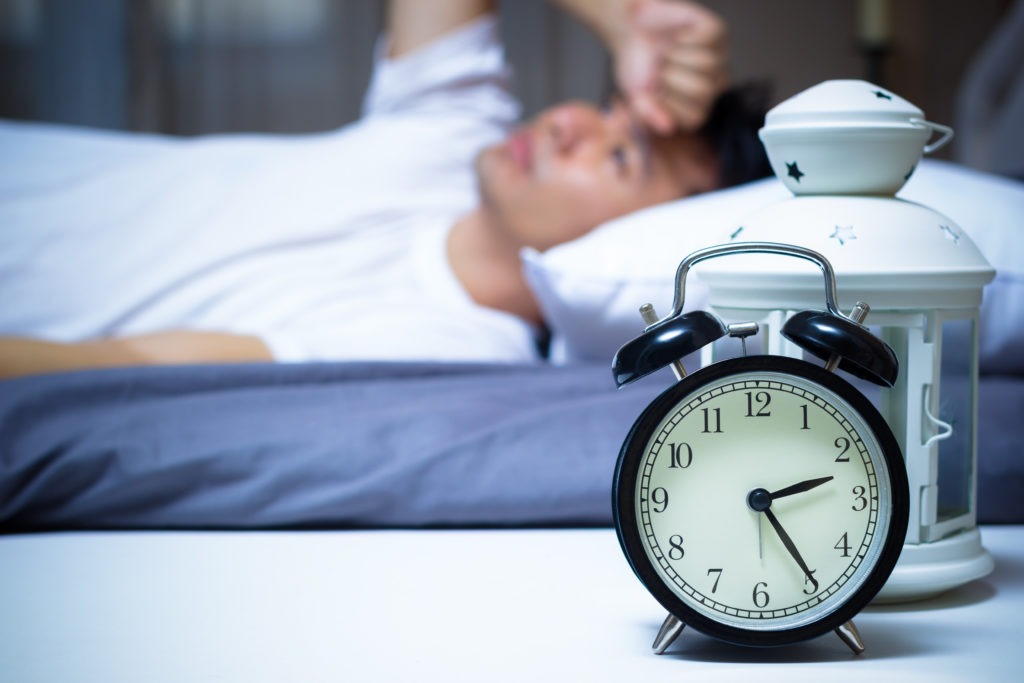
Sleep disorder is believed to be responsible for more than 90 types diagnosed and treated in the United States of America. These range from sleep paralysis to sleep apnea, with lots of mind-boggling statistics to show the rise in sleep disorders:
1. Based on A Report by The United States of America Health and Human Services Department, Approximately One out Of Five Americans Suffers from A Sleep Disorder.
An estimated 27% of adults in America experience difficulty sleeping at night; this statistics is gotten from the survey of 4,023 American adults by the new Consumer Report.
The report further states that 68%, approximately 164 million Americans, have difficulty sleeping at least once a week.
The increased use of electronic gadgets before sleep and long hours of work contribute significantly to falling asleep.
2. About 35% of Adults Have Brief Episodes of Insomnia
Insomnia tops the chart of sleep disorders, followed closely by Sleep Apnea.
3. 10% of Americans Have Chronic Insomnia.
4. A Recent Report Shows that About 50% of Most Children Will Have Issues with Sleeping at Some Stage in Their Development, While About 5% Will Develop Sleep Apnea.
5. Snoring Is an Issue for About 90 Million Americans.
The New York Sleep Disorder Center is a sleep center in Manhattan that uses electronic monitoring to diagnose and optimize the patient’s sleeping patterns.
For patients experiencing health issues due to lack of quality rest, this can be an invaluable service as it provides them with both peace of mind and more opportunities for improved overall wellness.
6. The Number of Sleep Labs in The US Has Significantly Improved to About 4,700 Since the Mid-1970s when We Had Just a Handful.
Baby and Child Sleep Statistics 2024
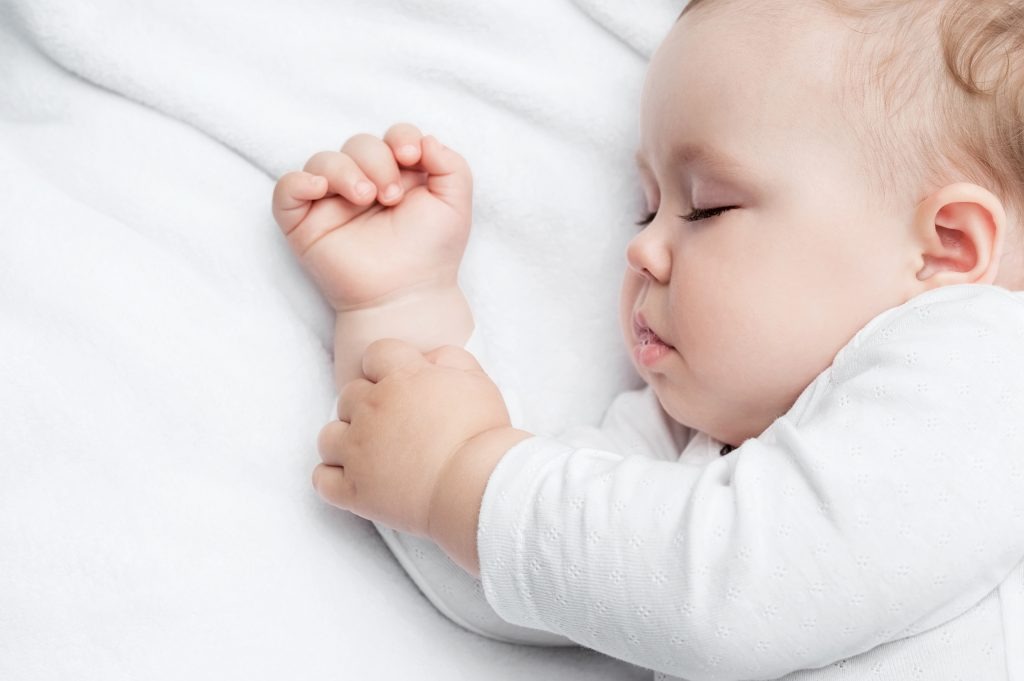
A child’s sleep is essential for their development, and they need more than any other age group. But, unfortunately, they are still susceptible to suffering from sleep disorders or being deprived of much-needed slumber time.
Baby and child sleep statistics show that:
1. More than 2 Million Children Are Struggling with A Sleeping Disorder.
2. 52%, More than Half of Children, Are Deprived of Sufficient Sleep Time.
3. Approximately 7 out Of 10 Babies Love Co-Sleeping.
4. There Is a Considerable Increase in The Percentage of Babies that Share a Sleep Surface with An Adult, Rising from 6.5% in 1993 to About 24% in 2015.
Co-sleeping with one’s child can be a great way to bond and sleep, but is this the safest option for both parent and their offspring?
Research has shown that co-sleeping parents are more likely than solitary sleeper ones to experience a lower quality of life. This often manifests as feelings of anxiety or impairment in physical function.
The report of Infant Sleep Position Study done by the US National Library Of Medicine found that though medical advice did not recommend co-sleeping (i.e., allowing infants access the parental bed), it had increased among groups tested – over 50% said they weren’t given any information about its safety from doctors!
5. About 3,500 Infant Deaths Related to Sleep Are Recorded Every Year.
6. There Was About a 184% Increase in Infant Death from Strangulation and Accidental Suffocation in Bed Between 1999 to 2015.
One of the top five causes for infant death in America is suffocation or strangulation, steadily increasing since the early 1990s. This issue might be prevented by more awareness and knowledge about keeping a baby safe while sleeping.
For example, the American Academy of Pediatrics (AAP) recommends that babies sleep on their backs without any toys or bedding near them and share rooms but not beds with parents.
Their advice comes after an increase in deaths from suffocating infants who slept next to soft surfaces such as blankets, pillows, and other objects like stuffed animals.
These stats will help people understand what can cause accidental loss when it happens to prevent future problems before something tragic occurs.
Sleep Deprivation Statistics For Teenagers
More sleep time is recommended for teenagers than adults as they need it for optimal function. However, the statistics reveal that they are far from getting it.
The following is an expert sleep recommendation for different age groups:
| Infants | 4 – 12 months | 12 – 16 hours (including naps) |
| Child | 1 – 2 years | 12 – 16 hours (including naps) |
| Child | 3 – 5 years | 11 – 14 hours (including naps) |
| Child | 6 – 12 | 9 – 12 hours |
| Teenager | 13 – 19 | 8 – 10 hours |
| Adult | 20 above | 7 – 9 hours |
The sleep needs of each generation are very clear; however, every age group appears to be reporting a lack of sleep.
Teenage deprivation is particularly problematic because it can lead to many negative outcomes such as lower grades and increased stress levels.
1. About 97% of Teenagers Get Less Sleep than The Amount Recommended.
A study says that teens need around nine hours of sleep each night, still below the average. The researchers found this by looking at data from 700 teenagers and did not think their findings were surprising.
2. Only 3%, Which Is a Very Insignificant Number of Teenagers, Receive Nine Hours of Sleep Every Night.
3. Every Missed Hour of Sleep for Teenagers Causes a 38% Increase in Feelings of Sadness and Hopelessness.
Recent research published in a prestigious journal of youth and adolescence tells a sad yet intriguing story about sleep deprivation’s effects on teenagers.
The stats showed that young people feel hopeless more often when they are tired and have an increased risk for suicide or drug use.
4. Teenagers Who Refrain from Using Smartphones One Hour Before Bedtime Experience an Additional 21 Minutes of Night Sleep.
College Student Sleep Statistics 2024

1. Statistics Show that About 60% of College Students Lack Adequate Sleep.
College students suffer a lot from sleep deprivation with some disappointing statistics.
2. The Criteria for Insomnia Disorder Is Being Met by 7% of College Students.
3. Most College Students Receive About 6 – 6.9 Sleep Hours Every Night.
If you go to bed early, your grades will improve. Studies show that half of the college students are so tired during the day they can’t function properly, which impacts their ability to learn new things.
4. About 82% of College Students Think that Lack of Sleep Affects Their Academic Performance.
Research shows that college students are more vulnerable to depression and anxiety, as well as experiencing sleep deprivation.
Sleeping Pills Statistics 2024

The overuse of sleep medication makes it hard for people to get a good night’s rest.
1. Close to 9 Million Americans Regularly Use Prescription Sleeping Pills.
The most recent study published by the CDC reveals that since 1993, prescriptions for sleeping pills have risen over 230%. 2.7 million people have prescribed medication in 2013 alone.
Analyzing the National Health and Nutrition Survey data showed a pattern among gender and age groups with more of our elderly population using sleep aids – especially women who are disproportionately targeted towards this demographic because they’re typically thought to be sensitive during times of stress or change.
2. 18% of Prescription Sleeping Pills Users Take Them Daily.
3. Those Who Regularly Use Sleeping Pills Have a 35% Likelihood of Being Diagnosed with Cancer.
The BMJ study found that sleeping pills have caused up to 507,000 deaths in the US alone.
The use of these medications is just as dangerous as smoking, and further research needs to be done before we can definitively say they are safe for people’s health.
Global Sleep Statistics 2024
1. Sleep Issues Are Affecting About 45% of The Global Population.
While the US might not be getting enough sleep, it seems that Americans are far from being alone, as other countries in the world seem just as deprived.
According to a new study published by Science Advance, America doesn’t even get a spot on the top five list of countries that get the least amount of sleep.
A recent report found through an app called Entrain collated data from smartphones around which showed people lacking sleep hours, and more than 10% of their life was spent awake into late evenings or early mornings with many never reaching REM phases during these times either.
Below are some of the countries with the lowest average sleep:
- Japan = 5 hr, 59 min
- Saudi Arabia = 6 hr, 8 min
- Sweden = 6 hr, 10 min
- India = 6 hr, 20 min
- The Philippines = 6 hr, 22 min
Below are countries that have the best sleep average among adults:
- New Zealand = 7 hrs, 30 min
- The Netherlands = 7 hrs, 28 min
- Finland = 7 hrs, 26 min
- Great Britain = 7 hours and 24 min
- Ireland = 7 hours and 22 min
2. South Dakota Has Better Sleep than Average
A study published by the Centers for Disease Control and Prevention has shown that it depends on where you live in America and how much sleep an average person gets.
Surprisingly, people living in Hawaii are not getting enough shut-eye with a lack of 8 hours per night, while those from South Dakota get all they need at 9 hours each day.
The CDC recommends 7-8 hours be kept up every day because anything less than this can increase your risk of cardiovascular disease or cancer, which is bad news.
Statistics On Sleep Positions 2024
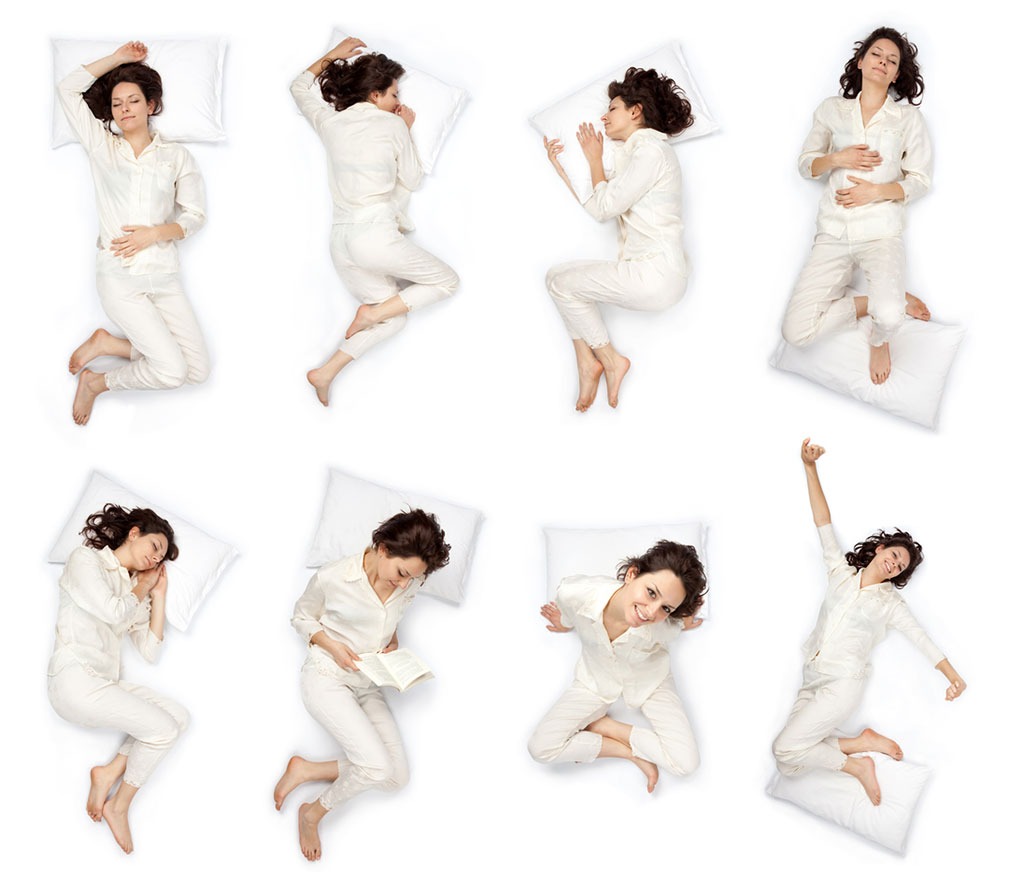
According to the Better Sleep Council: 47% of adults sleep in a fetal position, making it the most popular way to sleep.
17% of adults like sleeping on their stomachs with their arms above the head, and 13% prefer being on their side with both hands out front, while 11% prefer back-sleeping.
1. One of The Most Underrated Sleeping Positions Is One of The Best!
Have you ever wondered what the best sleep position for your wellbeing is? Surprisingly, sleeping on your back may be a better option than you think.
It’s one of the most popular ways to get some shut-eye because it provides ample space for our necks, which reduces the pressure that causes soreness or pain.
In addition, when we lie flat, the head naturally finds its balance with gravity, so there’s no need to worry about other positions like the stomach, where this can pose an issue.
Technology & Sleep Statistics 2024
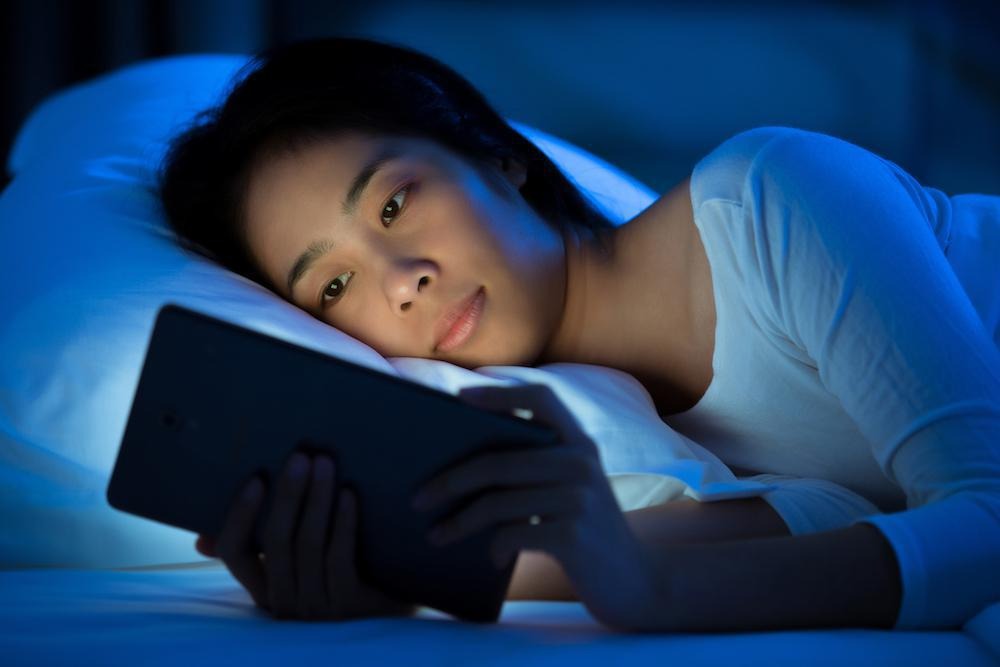
So many of us are guilty of bedtime scrolling.
Still, it is not recommended as there can be several ways technology impacts our sleep: the blue light emitted by devices inhibits melatonin secretion, making it harder to fall asleep; people become engrossed and stay up beyond their usual bedtime.
1. 9 out Of 10 Teenagers and Adults Use Tech Gadgets Before Bed.
2. About 10% of The Population Have Interrupted Sleep and Wake Several Times During the Night to Check Their Phones.
A study found that 22% of people surveyed reported keeping their cell phone ringer switched on during the night, which resulted in difficulty maintaining sleep.
3. About 72% of Americans Suffering from One Form of Sleep Disorder or The Other Report Using a Tech Gadget Before Going to Bed Each Night.
Technology is both the problem and solution when it comes to troubles with sleep.
But, while many people turn off their smartphones or tablets an hour before bed, they may not realize that there are innovations in this field, such as a “smart” mattress that can help fix your sleeping problems.
Conclusion
Sleep is a critical component of our health and wellbeing.
To be successful in life, we need to make sleep a priority.
We hope this list of sleep statistics for 2024 has helped you see just how important it is that you get enough quality rest each night so your body can function optimally while helping you stay on top of the busy schedule that comes with modern living.



